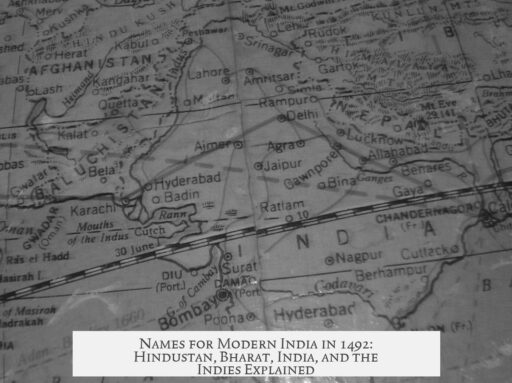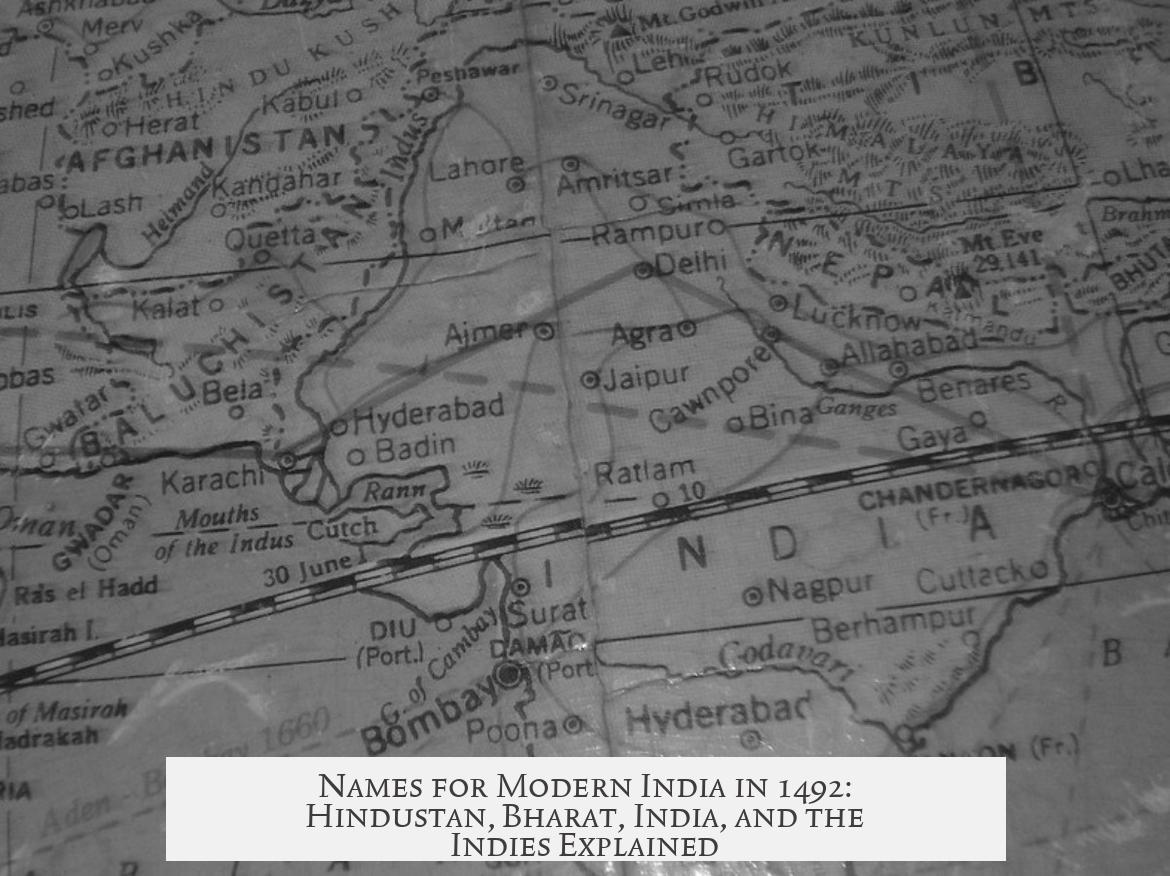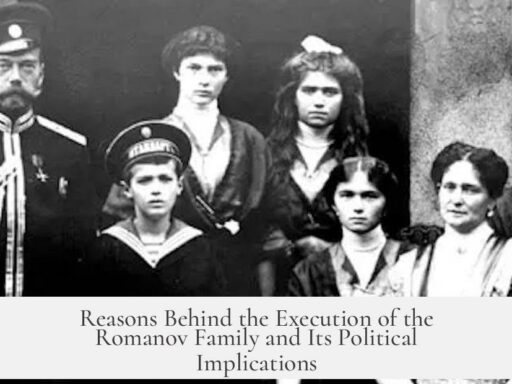In 1492, people referred to modern-day India by different names depending on their culture and perspective. The indigenous people called it Bharat, Persians called it Hindustan, and Europeans used the term India or the broader term Indies for the region.
Locally, the land was known as Bharat. This name dates back thousands of years and is deeply rooted in Indian history and literature. The name traces to King Bharata, mentioned in ancient texts such as the Rig Veda, around 3500 years ago. During the Mauryan Empire, Bharat was the common term for the area that included present-day India, Pakistan, Bangladesh, and parts of Afghanistan. Even when foreign powers like the Mughals controlled the region centuries later, most Indians continued using Bharat to describe their homeland.
From the Persian viewpoint, the term Hindustan described the land beyond the Indus River. Hind — derived from Sindh, the name of the Indus River in Sanskrit — combined with the suffix “-stan,” meaning land or place, formed Hindustan. This term was popularized mainly after 1526, when the Mughal Empire began. However, Persians used Hindustan to refer to the region before then, though it was less common inside India itself around 1492. The word possibly traveled to Europe through Arabian intermediaries.
Europeans in 1492 generally used the word India, derived from the Indus River’s name. This term goes back to ancient Greece. The historian Herodotus in the 5th century BC described the area as “Indoi,” meaning the people of the Indus. By the 9th century, English records already used “India.” The term refers strictly to the land around the Indus River and was well-known to European scholars at Columbus’s time.
At the same time, Europeans also called the vast region of South and Southeast Asia the Indies. This term covered not only India but also modern Indonesia, Malaysia, and surrounding areas. Portuguese explorers who reached the region by sea in 1497 used this wide definition. Europeans sought the Indies because of their spices and trade goods. The Indies term was long established by Columbus’s days, shaping his mistaken belief that he had reached Asia when arriving in the Americas.
Columbus labeled the Caribbean islands the West Indies, confusing them for islands near India. This error led to the native peoples being called “Indios,” or Indians, a term still used to describe them despite their distinct cultures. The original Old World Indies thus became known as the East Indies, differentiating them from the newly encountered lands in the West.
| Name | Cultural Group | Meaning or Origin | Usage Around 1492 |
|---|---|---|---|
| Bharat | Indigenous Indians | Named after King Bharata; ancient Sanskrit roots | Common local term; used since ancient times |
| Hindustan | Persians | Land beyond the Indus River; Persian suffix “-stan” means “land” | Known to Persians; less common within India before Mughals |
| India | Europeans | Derived from Indus River; known from Greek/Latin sources | Widely used in Europe to denote the region |
| Indies | Europeans (Maritime explorers) | Broad term for South and Southeast Asia | Used to describe the entire spice-rich region including India |
In summary:
- Indigenous people called their land Bharat, reflecting an ancient legacy.
- Persians used Hindustan, meaning land beyond the Indus, but this was not widespread in India before Mughal rule.
- Europeans called the region India, from the ancient name of the Indus River.
- The broader South and Southeast Asian region was known as the Indies by Europeans.
- Columbus’s journey led to the Americas being mistakenly called the West Indies, confusing the indigenous peoples’ identities.
What Did People Call Modern Day India in 1492? A Journey Through Names and Times
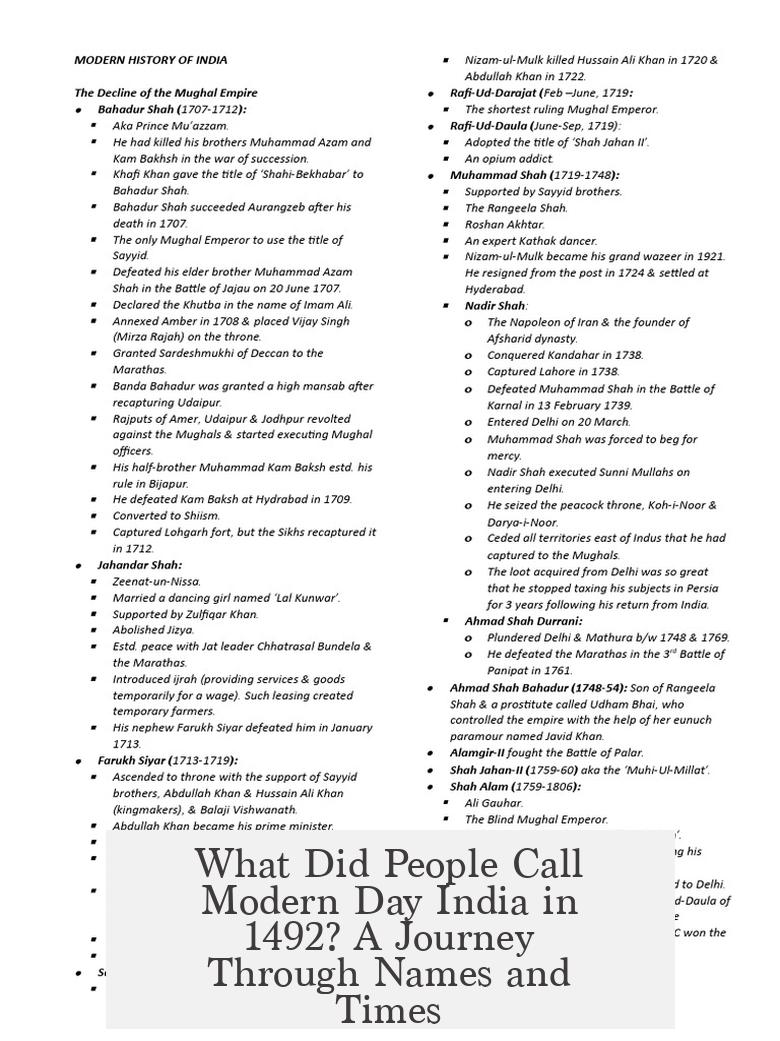
In 1492, people across different regions called modern day India by various names, reflecting diverse cultures and histories. The Persians called it Hindustan, the indigenous population referred to it as Bharat, and Europeans knew it simply as India. Meanwhile, the broader region was often termed the Indies. Let’s dive into this fascinating world of names that represent what we now call India, uncovering the roots and use of each term around this pivotal year.
A Foreign Sound: Hindustan – The Persian Connection
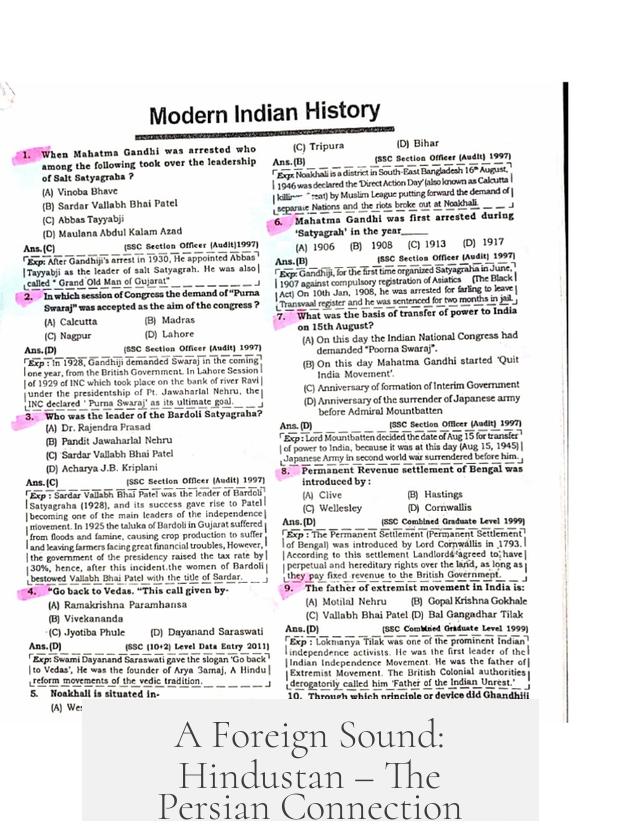
When you think of Persia, a kingdom rich in poetry and conquest, “Hindustan” probably rings a bell. In 1492, Persians used this name to describe the land across the Indus river. Here’s the linguistic magic: the Sanskrit original for the Indus River was Sindh, but the Persians transformed it into Hind. Adding the suffix -stan, meaning “place” or “land” (common across Indo-European tongues), they created Hindustan — literally “the land beyond the Indus.” Pretty neat, right?
However, it’s important to note this term was not common in India itself before the Mughals arrived in 1526. So in 1492, Hindustan lived largely in Persian discourse and probably filtered into some European knowledge via the Arabs. The Mughal Empire later popularized Hindustan within India, cementing the word’s presence in history and literature.
Homegrown Pride: Bharat – The Ancient Indian Name
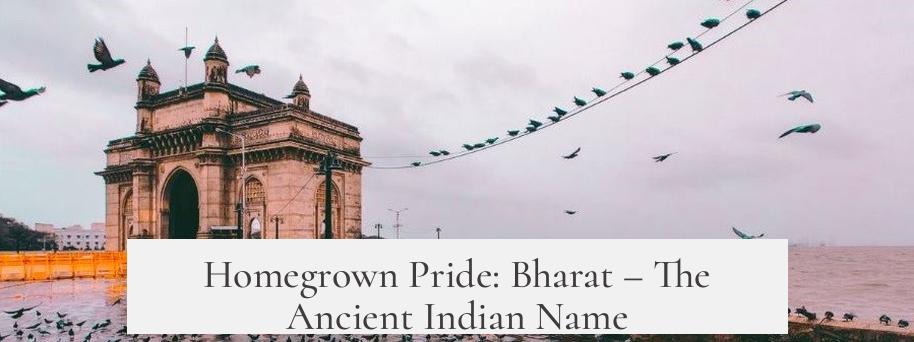
Inside the subcontinent, the name Bharat has carried a deep, continuous legacy for millennia. This word traces back at least 2500 years, appearing widely during the Mauryan Empire and earlier in Hindu texts such as the Puranas. The root of this name goes all the way to King Bharata mentioned in the Rig Veda about 3500 years ago, making it arguably the oldest known name for the land.
Interestingly, this definition of Bharat wasn’t limited just to today’s India. It traditionally included parts of modern Pakistan, Bangladesh, and even Afghanistan. Even after the Mughals introduced “Hindustan,” locals continued calling their homeland Bharat—and they still do. It’s like having a profound hometown name you never forget, no matter what others call it.
Across the Seas: India – Europe’s Familiar Term
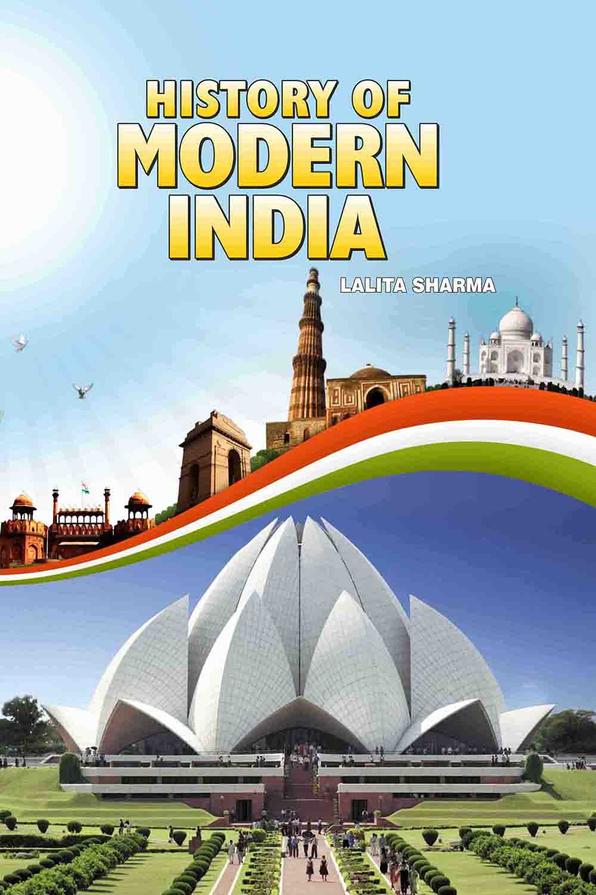
Where does the European name India come from? It also roots back to the Indus River, known as the point of reference in ancient geography. The Greek historian Herodotus, writing in the 5th century BC, referred to the land beyond the Indus as Indoi—meaning the “land of the Indus” or “those beyond the Indus.”
By 1492, the name “India” was well established in European circles. English, for instance, had used the term since Alfred the Great’s time in the 9th century. The French had called it “Inde” for a while, but the English-speaking world reverted back to “India” around the early 1600s.
Columbus knew the Indies as the lands rich in spices and exotic goods. He wanted to reach India by sailing west but found the Caribbean islands instead—leading to one of history’s most famous mix-ups.
And Then There Were the Indies: Europe’s Sweeping Term
The word Indies represented a vast geographic region. By 1492, Europeans understood the Indies to include all of South and Southeast Asia — from modern India and Pakistan to Indonesia and Malaysia.
The Portuguese established the first sea route to this region in 1497 by sailing around Africa’s Cape of Good Hope, opening direct trade links. They used “Indies” to describe this multi-country spice land where they aimed to profit.
Columbus, trying to find a more direct route westwards, believed he’d landed in these Indies when he reached the Caribbean. Hence, the names West Indies (Caribbean islands) and East Indies (Asia) arose. The confusion stuck, with indigenous Caribbean people mistakenly called “Indians” to this day.
So What Did People Call Modern Day India in 1492, Really?
Putting all this together:
- Persians called it Hindustan, meaning land beyond the Indus, although this was more common after 1526.
- Indigenous people called it Bharat, an ancient, revered name rooted in their own history and texts.
- Europeans used India, a name known from antiquity linked to the Indus River.
- The broad region was called the Indies, covering a wide area from South Asia to Southeast Asia.
- And Columbus’s “Indios” were not Indians but Caribbean natives, a historical twist born from geographical misconception.
Does this jumble of names sound confusing? It shouldn’t! It highlights the rich, overlapping histories that shaped this land’s identity.
Why Does This Matter Today?
Understanding what India was called in 1492 illuminates more than just a label. It reveals the complex tapestry of cultures, empires, and worldviews converging on one land. Remembering these names can deepen our appreciation for India’s enduring spirit and shifting identities during a time of great exploration and change.
So next time someone casually says “India,” remind them of Bharat’s ancient legacy, the Persian echoes of Hindustan, and the European Indies that sparked dreams of a spice-filled world. These names are vessels carrying centuries of stories—and worth treasuring.
What would you have called this vibrant land if you lived in 1492? Would you stick with Bharat, adopt Hindustan, or perhaps set sail as Columbus did, chasing an elusive Indies?
Names are power, and India—whatever you call it—continues to hold that power alive today.
What name did Persians use for modern-day India around 1492?
Persians called the region Hindustan. It means land beyond the Indus River. However, this term became common in India only after 1526 with the Mughals.
What was the indigenous name for India in 1492?
Indigenous Indians called their land Bharat. This name is ancient, mentioned in texts over 2500 years old. It included areas of present-day Pakistan and Bangladesh.
How did Europeans refer to India in 1492?
Europeans used the term India from the Indus River’s name. It was known since Greek times, and Columbus aimed to reach the Indies by sailing west.
What did the term “Indies” mean to Europeans in 1492?
Europeans called South and Southeast Asia “the Indies.” This broad term covered India, Malaysia, Indonesia, and surrounding lands rich in spices.
Why did Columbus call the Caribbean islands the West Indies?
Columbus thought he had reached the Indies in Asia. So he called the islands the West Indies, even though they were not part of Asia.
